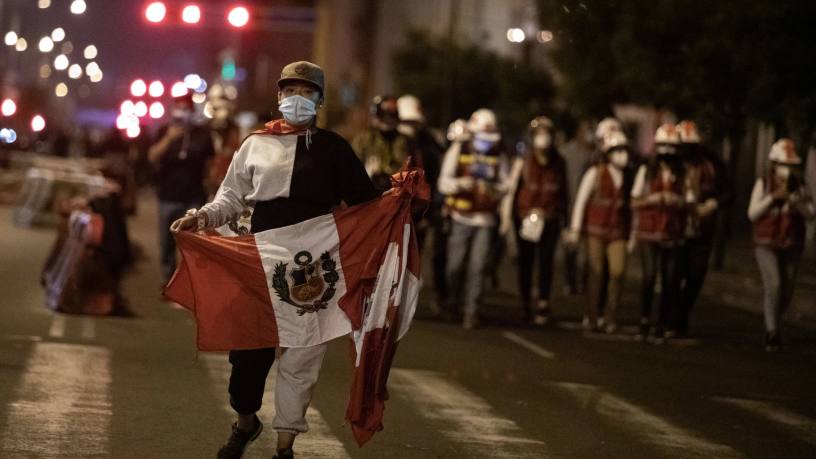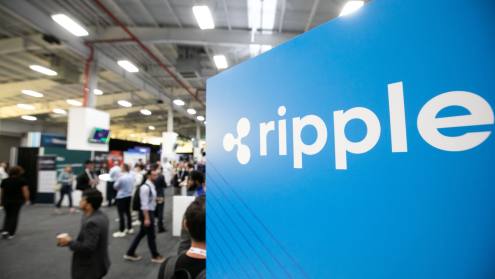Peru has endured one of the world’s worst outbreaks of Covid-19. The government implemented one of the earliest and strictest lockdowns in Latin America to stop the spread of the virus and also provided a substantial stimulus package – including loan guarantees worth about 12% of gross domestic product – but has still seen cases rise rapidly.
The Andean nation has so far reported almost 935,000 infections and more than 35,000 deaths, according to Johns Hopkins University – making it the country with the third highest rate of deaths per 100,000 people in the world.
Despite the stimulus package, the quarantine and lower global demand for commodities have taken a toll on Peru's economy.
The risk of mounting credit losses in Peru is increasing and could dent banks' profitability and capitalisation
“The risk of mounting credit losses in Peru is increasing and could dent banks' profitability and capitalisation,” wrote S&P Global credit analyst Cynthia Cohen Freue in a recent report.
S&P Global has revised the economic risk trend of the Peruvian banking industry to negative from stable as a reflection that its risk-adjusted capitalisation ratios could fall.
The biggest banks in Peru by total assets are Banco de Credito del Peru, Banco de la Nacion Banco Interamericano de Finanza (BIF), Banco Internacional del Peru and Banco Pichincha Peru, according to The Banker Database.
Presidential merry-go-round
Amid the backdrop of the pandemic, Peru has been beset by violent protests and political upheaval. The country swore in its third president in just over a week on November 16.
Francisco Sagasti became the fourth Peruvian president in less than five years after Congress voted to impeach ex-president Martin Vizcarra over corruption accusations. The head of Congress, Manuel Merino, assumed the presidency but later resigned.
Despite the uncertain political situation, S&P Global assumes “broad continuity” in Peru's macroeconomic policy framework.
“Political instability and social unrest could hinder the economic recovery next year. The departure of president Vizcarra, who still had the support of the population, could generate social discontent. In addition, Congress could carry out policies that could affect the financial system,” Ms Cohen Freue wrote.
Credit losses to rise
The economic contraction is expected to lead to a rise in non-performing loans (NPLs) and credit losses are likely to increase sharply this year as banks strengthen their provisioning coverage. Peru’s large informal economy and low-income levels make loan payment deferrals more likely.
“Domestic regulators are allowing banks to renegotiate loans without marking them as nonperforming. Therefore, we believe it will take some time for the weaker asset quality to be fully reflected on banks’ balance sheets,” Ms Cohen Freue wrote.
Bad loans are expected to show up on banks' balance sheets in 2021, according to S&P Global.
Nonetheless, the rating agency expects economic recovery to begin in 2021 on the back of the government’s 90bn soles ($26bn) stimulus package as well as the expected recovery in China, one of Peru's key trading partners.
The Peruvian financial system has disbursed a meaningful amount of loans to cyclical sectors such as small business and middle-market loans (about 27%). If economic activity takes longer to recover, some companies and micro businesses could struggle to remain viable. Under that scenario, banks' operating performance could struggle, according to S&P Global.












